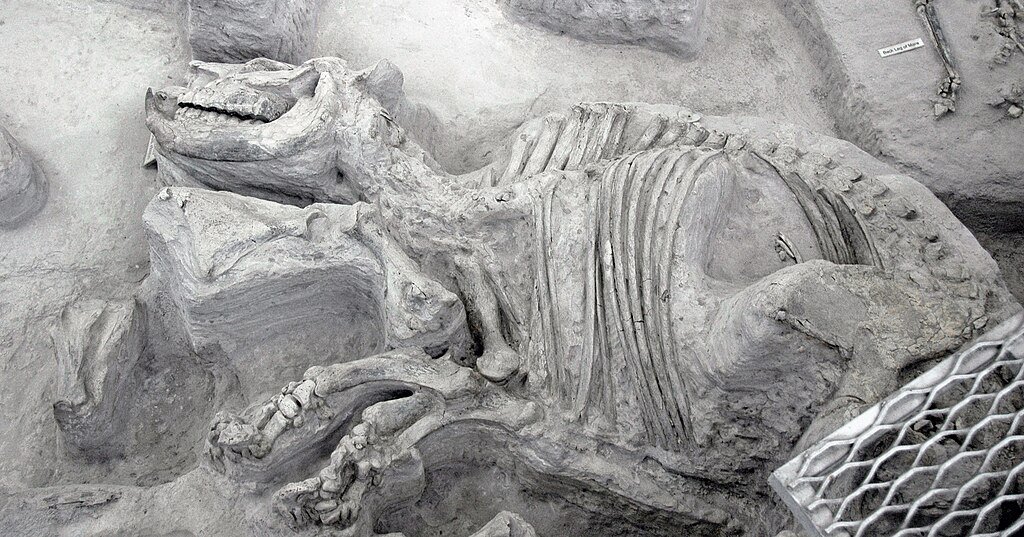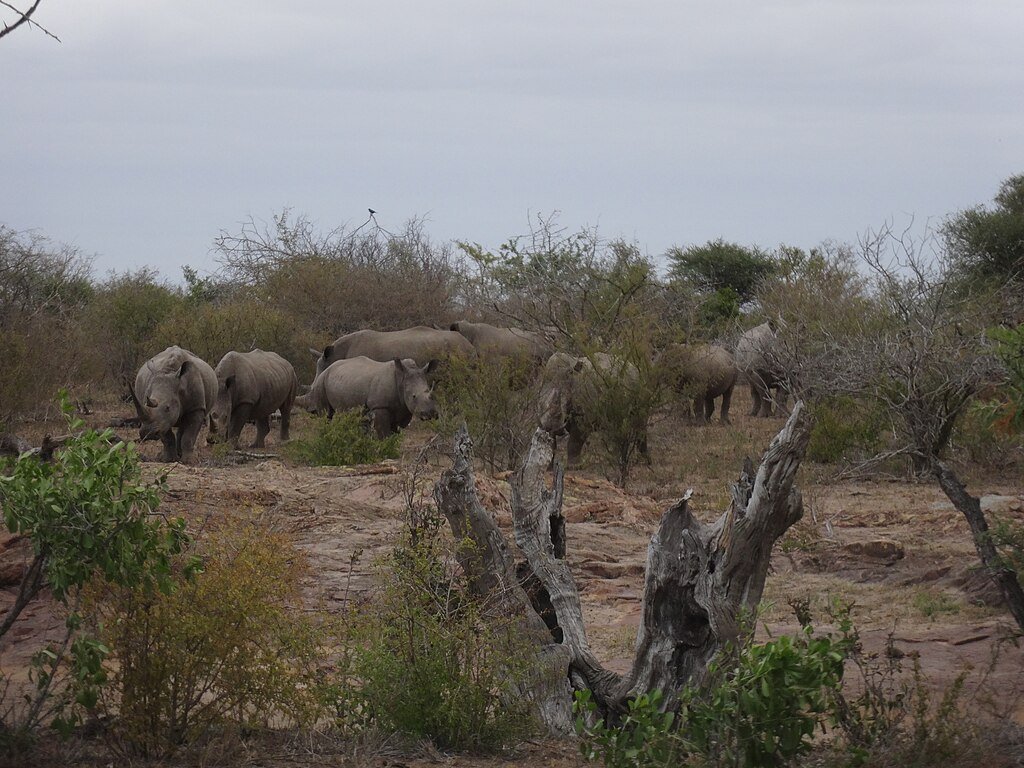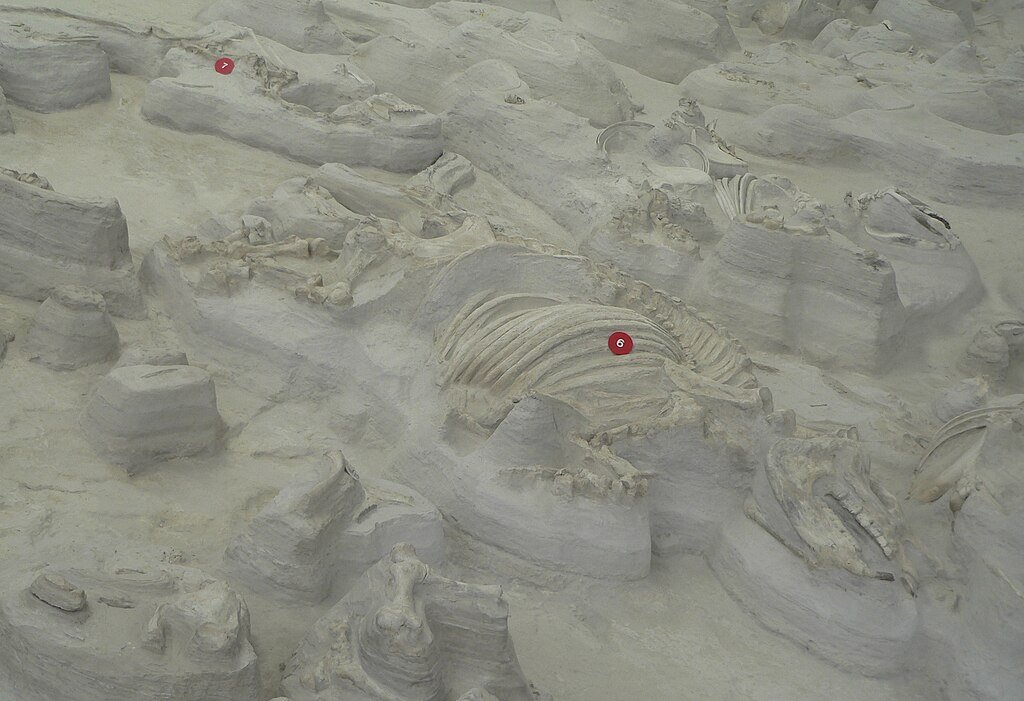Twelve million years ago, North America was home to massive herds of prehistoric rhinos. Recent studies have uncovered fascinating insights into their behavior and environment, revealing how these ancient giants lived and thrived. The discovery of over 100 rhino fossils at Nebraska’s Ashfall Fossil Beds State Historical Parks provides a snapshot of their lives, preserved by a catastrophic volcanic eruption.
The Ashfall Fossil Beds: A Window into the Past

The Ashfall Fossil Beds, buried under volcanic ash from the Yellowstone supervolcano, offer a unique glimpse into the Miocene epoch. Researchers found that these rhinos, known as Teleoceras major, gathered in large groups around waterholes. Unlike modern migratory species, isotopic analysis of their teeth suggests they remained in localized areas, feeding on grass and living near water.
Isotopic Analysis: Tracking Ancient Movements

Scientists used isotopic analysis of strontium, oxygen, and carbon in rhino teeth to reconstruct their environment and behavior. This technique revealed details about the vegetation, climate, and soil composition of their habitat. The findings show that these rhinos lived in stable environments with minimal seasonal migration, relying on nearby resources for survival.
Life in Super-Herds

Teleoceras major resembled modern hippos, with barrel-shaped bodies and stubby legs. Their vast size protected them from most predators, though their calves were vulnerable to scavengers like bone-crushing dogs. Living in super-herds likely provided safety and social benefits, helping them thrive in the Miocene epoch.
Implications for Modern Conservation
The study of prehistoric rhinos offers valuable lessons for wildlife conservation today. Understanding how ancient species adapted to their environments can inform strategies for preserving biodiversity and managing ecosystems in the face of climate change.
Conclusion
The discovery of super-herds of prehistoric rhinos highlights the complexity and richness of ancient ecosystems. By combining fossil evidence with advanced scientific techniques, researchers continue to uncover the secrets of these fascinating creatures, offering insights into the past and lessons for the future.
Source:



